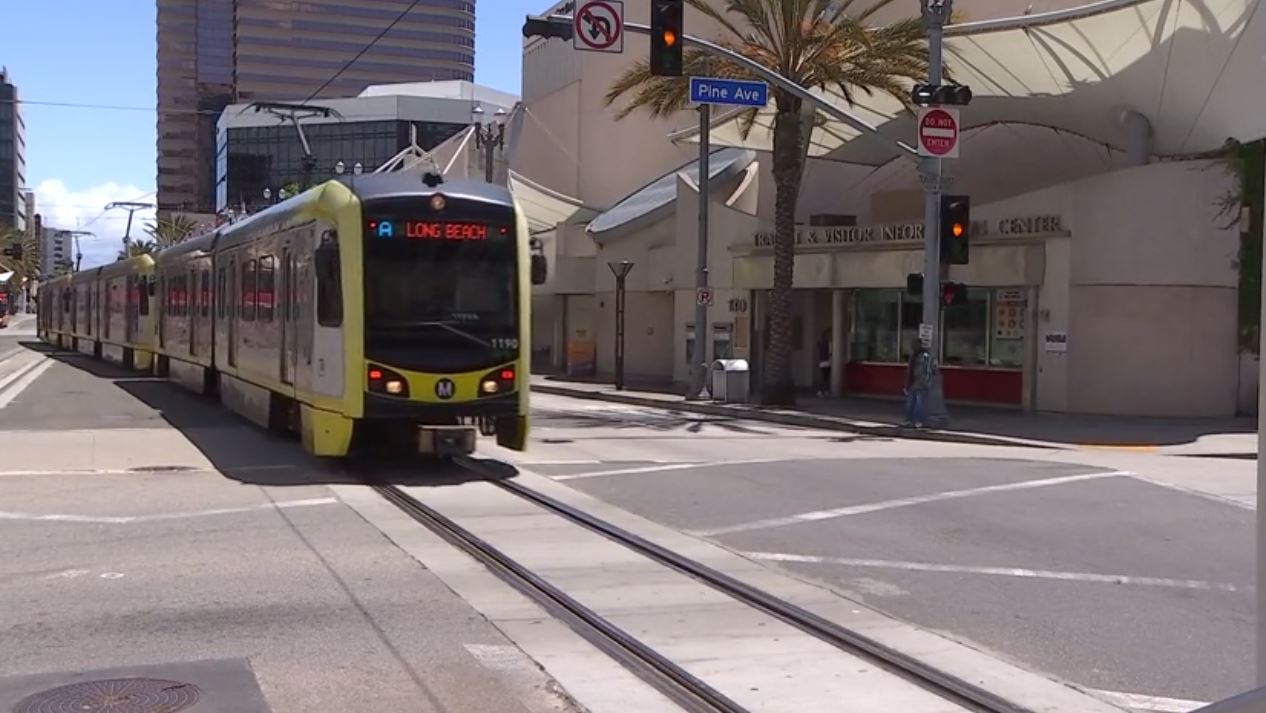The Aliso Canyon methane gas leak -- the biggest in U.S. history -- was caused by microbial corrosion of a well casing, and Southern California Gas Co. did not conduct detailed follow-up inspections or analyses after previous leaks, according to a report released Friday.
The report -- commissioned by the California Public Utilities Commission and the state Department of Conservation's Division of Oil, Gas, and Geothermal Resources -- was conducted by Blade Energy Partners, which was tapped in 2016 to perform an independent analysis of the leak's root cause to inform parallel investigations underway by the CPUC and DOGGR.
The report identified more than 60 casing leaks at Aliso Canyon prior to the 2015-2016 leak, going back to the 1970s, but said no failure investigations were conducted by SoCalGas, which "lacked any form of risk assessment focused on well integrity management and lacked systematic practices of external corrosion protection and a real-time, continuous pressure monitoring system for well surveillance."
Updated well safety practices and regulations adopted by DOGGR address most of the root causes of the leak identified during Blade's investigation, and the leak's direct cause was a rupture of the outer 7-inch well casing due to microbial corrosion from the outside resulting from contact with groundwater, according to the report.
"The Blade report confirms SoCalGas complied with gas storage regulations in existence at the time of the leak and that the related compliance activities conducted prior to the leak did not find indications of a casing integrity issue," SoCalGas said in a statement. "In Blade's opinion, there were measures, though not required by the gas storage regulations at the time, that could have been taken to aid in the early identification of corrosion and that, in their opinion, would have prevented or mitigated the leak. We look forward to reviewing the report in detail and to receiving the supplementary reports, so we can better understand the technical basis for some of Blade's conclusions."
The gas leak, which was discovered at the underground storage facility in October 2015 and continued emanating methane until February 2016, poured an estimated 109,000 tons of methane into the air. Thousands of residents in the northwest San Fernando Valley were forced out of their homes for months due to the leak.
Limited operations resumed at the facility in late July 2017 with the blessing of state regulators. Efforts by Los Angeles County officials to block the resumed operations failed in court. A judge in February approved a $119.5 million settlement to resolve claims by several government agencies stemming from the leak, but did not resolve a still-pending class-action lawsuit involving thousands of residents who said their health and property values were damaged as a result.
News
Top news of the day
"This long awaited root cause analysis is alarming. It appears that SoCalGas was engaged in a pattern of deception and neglect in the decades leading up to the Aliso Canyon blowout," said Sen. Henry Stern, D-Calabasas. "We will be following up with legislative oversight to delve deeper into this report, but at present, it seems obvious that the CPUC should not force ratepayers to foot the bill for this avoidable disaster, and that the injuries to our community, its residents and our first responders can be attributed to the Gas Company's careless maintenance of this massive fossil fuel facility in our backyards."
R. Rex Parris, an attorney for the residents in the class-action lawsuit, said the report "shows that SoCal Gas knew about leaks at Aliso Canyon for more than 40 years, but instead of fixing the problem they sat back and let it happen over and over again."
"SoCalGas' long history of showing a complete disregard not only for the safety of the communities near the defective Aliso Canyon wells, but also for the adverse short and long term impacts on the health of its customers, is shameful," he said.
The full report can be found at here.



